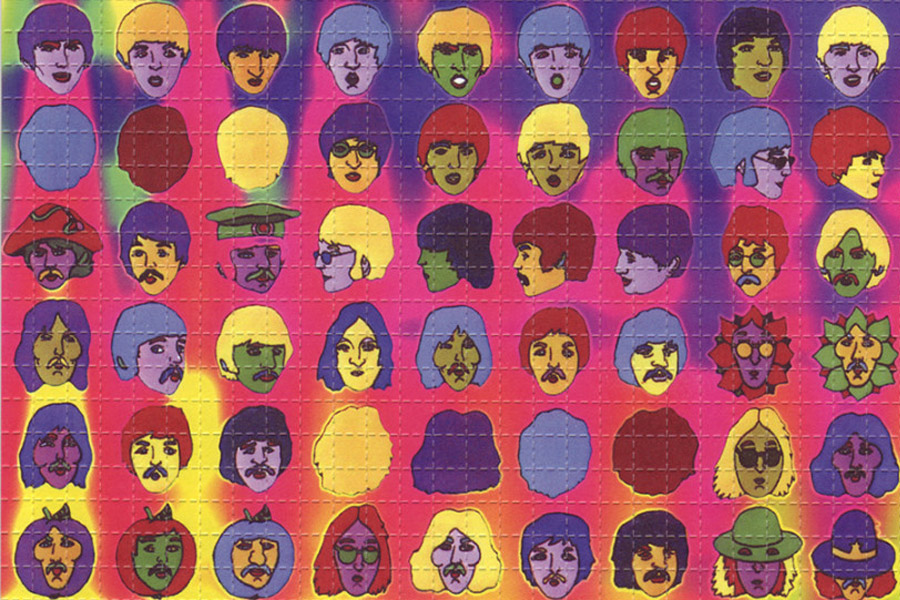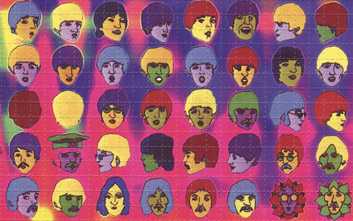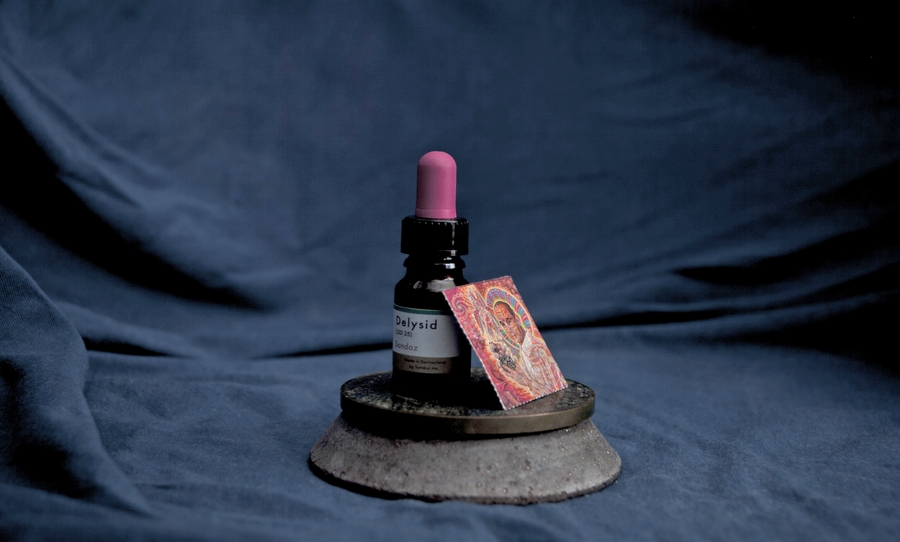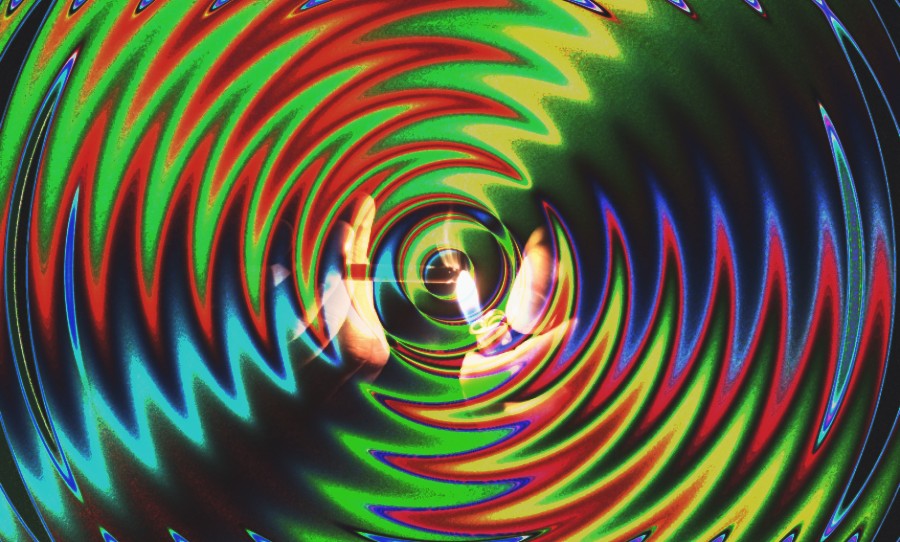We’ve talked about microdosing before. The act of ingesting minor amounts of LSD (or shrooms, if that’s your jam), is becoming more and more popular worldwide, finding a particularly enthusiastic home in Silicon Valley.
Studies in the field are particularly hard to run, for obvious reasons. But thanks to one entrepreneurial researcher, some groundbreaking, crowd-led data on the subject has come to light.

What do you do if you can’t get your microdosing study approved by the powers that be? Take your study to the people, who are more than willing for a little trip.
Enter Jim Fadiman, a pioneer of psychedelic studies who was researching the effects of LSD right up until it was federally banned in 1966 (although his informal research never seems to have stopped). For the last five years, Fadiman has been laying the groundwork for a science of microdosing, and last weekend during the Multidisciplinary Association for Psychedelic Studies (MAPS) psychedelic science conference, he revealed some surprising initial results from his independent microdosing study.
“How many of you have tried microdosing?” Fadiman asked the MAPS crowd in the packed Grand Ballroom before beginning his presentation.
Every hand in the room went up.
The microdosing study has been going on for about five years, but it was only this February that it became more formalised through a questionnaire developed by Fadiman. To participate in this study, volunteers (who Fadiman refers to as “citizen scientists”) must have access to their own LSD and are encouraged to take a microdose of the stuff every four days for one month. According to Fadiman, the four day recommendation stems from the observation that the effects of a microdose often seem to last for two days, which gives time for a third day to reestablish baseline moods in the volunteer. Apart from actually taking the acid, the only other thing that the study requires of participants is to keep daily notes on their experiences and feelings.
The data Fadiman presented at the MAPS conference was culled from the reports of 418 volunteers, of whom 284 were men, 126 were women and 5 identified as trans, non-binary, or genderqueer. The age range from the group was 18-78, with an average age of 34, and a full three-quarters of the participants cited ‘depression’ as their primary reason for choosing to microdose.
In keeping with the received wisdom, those taking LSD microdoses reported a remarkable increase in feelings of determination, alertness, and energy, as well as a strong decrease in feelings of depression. Interestingly, however, Fadiman noted that microdosing LSD didn’t seem to work out as well for those who entered the study on the basis of anxiety alone—microdosing LSD actually seemed to increase their anxiety. However, those participants who cited anxiety and depression, rather than just anxiety, noted an overall increase in their feelings of mental wellbeing.
Although these self-reports are important insofar as they offer a baseline qualitative and quantitative metric for future, the most interesting results from the study had nothing to do with mental health, but rather the unexpected somatic, or body, reactions to microdosing. Consider the cases of five colour blind participants, all of whom reported seeing tracers (the glowing trails that follow moving objects typically experienced by people tripping on acid) despite the incredibly small doses they were taking. This is the first time that this effect of microdosing LSD has been observed. “If you like science, that’s just trippy,” Fadiman told me.
Moreover, one of the women involved in the study who had experienced debilitating menstrual pain for her entire life reported having these pains completely abate as a result of microdosing—another unprecedented finding.
“When we find a single case, we have something to investigate,” said Fadiman.
While fascinating, these results must be taken with a grain of salt. Studies based on self-reporting are a cornerstone of psychology and medicine, but they face a number of validity problems based on participants’ unreliable memories or willful distortion of their subjective experiences. Still, in a field which has been on lockdown for more than 50 years, studies like Fadiman’s are necessary stepping stones to more quantitatively rigorous clinical studies.
This is why Fadiman prefers to call his work “search,” rather than ‘research’—he’s mapping out future directions for clinical studies. Do microdoses of LSD affect menstruation? How about vision in the colorblind? Prior to Fadiman’s studies, it is unlikely that clinicians would have even thought to ask such questions. But now that other psychedelics like MDMA and psilocybin are making their way from the street to the clinic for everything from PTSD to palliative care, it’s not inconceivable that the somatic effects of microdosing LSD will be the subject of some PhD student’s thesis in the near future. Until then, Fadiman’s website still accepts reports from intrepid micropsychonauts. – Vice



